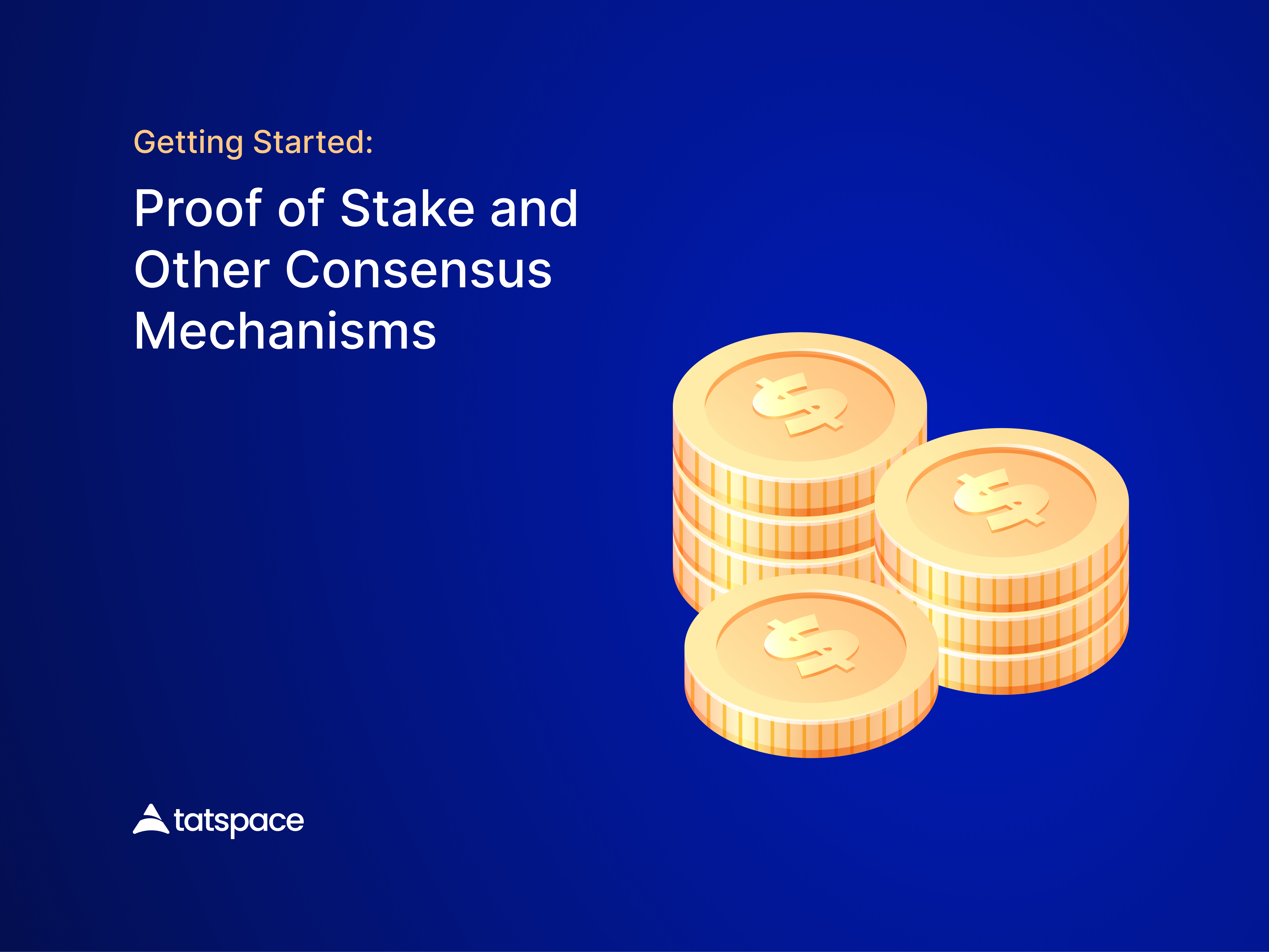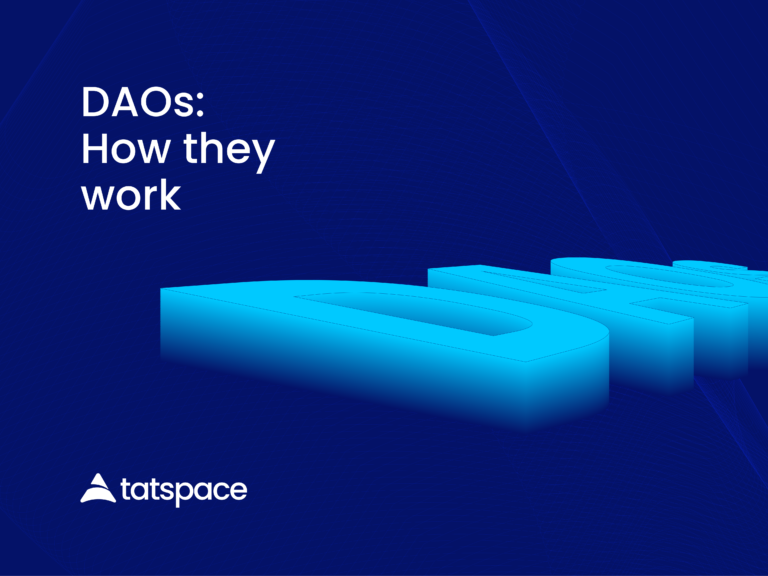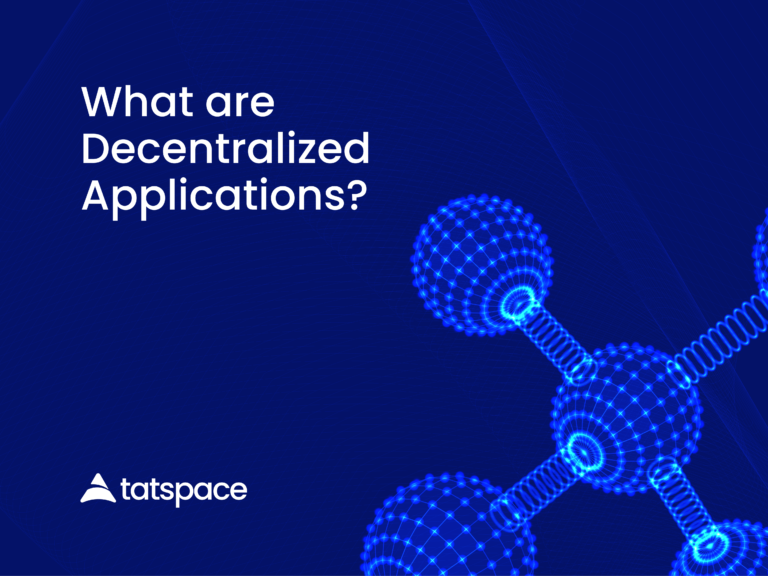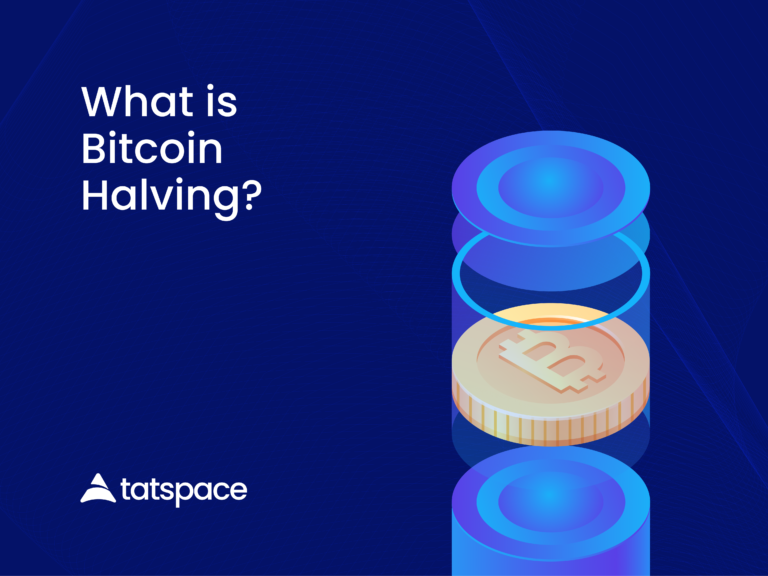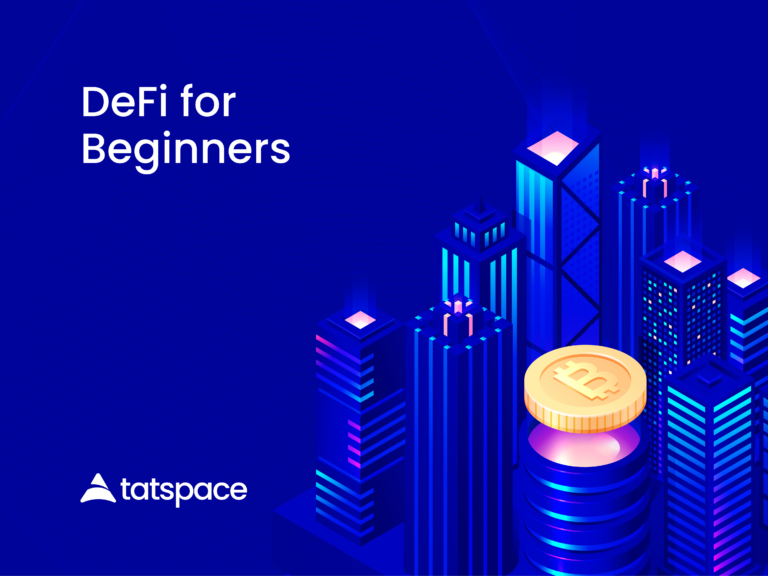The Proof of Stake consensus is one of the two Blockchain Consensus Mechanisms most widely in use today. It promises to do better than its Proof of Work counterpart, in several ways.
First, it is said to be easier to scale – allowing the processing of more transactions per second. Secondly, it eliminates the need for excessive energy usage – a problem that PoW cannot do without. And lastly, it does not require heavy hardwares like PoW consensus algorithm. This makes it cheaper to run and readily accessible to people with lesser funds.
Proof of Stake Consensus Algorithm
The PoS consensus algorithm requires participants in the network to stake a minimum amount of their token. This enables them to participate in the process of creating and validating new blocks before adding to the Blockchain.
There is no need for participants to solve mathematical puzzles. They only need to invest in the blockchain’s native crypto token. Then, they stake a minimum amount of these as specified by the network. By doing so, they can participate in the network’s consensus process. Having more stake in the network gives the participant more rewards.
The Proof of Stake Mechanism is used to achieve consensus without compromising the decentralization of the network. Those participating in the security of a Proof of Stake Blockchain network are called validators. You can refer to the process they use to create new blocks as forging.
How Proof of Stake algorithm functions
Validators in a PoS consensus become active as soon as they stake enough coins that meet the minimum requirement. Those who do not have sufficient tokens can pool funds together to run as a single validator node.
Active validators in the network are chosen at random to create (forge) new blocks for the blockchain. This depends on the amount of coins they have at stake in the network combined with other factors. There are two techniques that can be used in this random selection of a validator. They are:
1. Randomized Block Selection: This technique picks the validator that proposes the block with the lowest hash value. At the same time, they must have the highest stake in the network among those with same hash value.
2. Coin age selection: This method picks the validator with the oldest staking period. This period is read from their last forging activity or from their resumption date on the network. In addition, they must have the highest stake for that age. Everytime the network chooses a validator, their age calculation is reset (starts counting from 1 again).
The Validator
The duty of all participating validators include forging of new blocks once the network chooses them. They also participate in voting to attest to the validity of a new block before adding to the Blockchain. Validators do not need to engage in any rigorous computational work for this to happen. Rather, the network selects them at random with no special competition.
A successful validator forges a new block by gathering current transaction records into it. Afterwards, he broadcasts this proposal to the entire network. All the other validators then votes to validate this new block as accurate and true. Thus, validation of a block simply involves agreeing that a new block contains accurate data, instead of false records. The Validators who forge new blocks collect the transaction fees as reward.
A validator’s vote weight to confirm a block is dependent on the amount of coins they have at stake. Note that being chosen to create a new block depends on the amount of coins you have at stake. The essence of staking one’s cryptocurrency is to encourage good behavior among validators. Bad behaviors such as not participating in validating blocks or attempting to forge a false block is prohibited. This can lead to loss (forfeiture) of part or all of the coins one has at stake. One can also lose their stake for voting a false block as being accurate or valid!
Proof of Stake vs Proof of Work Consensus Algorithm
Here are the significant differences between the two consensus mechanisms:
1. Proof of Stake is more energy efficient as no computational power is required for forging of new blocks.
2. Proof of Stake is potentially more Decentralized than PoW. It allows for a greater number of participants due to the low cost of running a validator node.
3. Proof of Stake Blockchains are far more scalable than proof of Work blockchains. They can process more transactions per second than PoW.
Advantages of a Proof of Stake Blockchain
1. It is very energy efficient. They do not consume too much electricity.
2. It requires low capital to establish and run. No heavy hardware or energy cost to bear.
3. It encourages greater decentralization since it is cheaper for anyone to join the network than its PoW counterpart.
4. It is easy to scale. This makes faster transaction through put possible in a shorter time.
5. It can allow lower transaction fees due to the ability to process larger transactions in a shorter time.
6. It is more sustainable . The process for selecting validators remain the same. Thus, there is less chances of members leaving as a result of increasing difficulties.
Disadvantages of the Proof of Stake algorithm
1. Accessibility limitations: Even though it is possible for more people to participate in this consensus mechanism, there are limitations. It is still inaccessible to those who do not have money to buy coins to stake. Low income users can, however, bypass this by forming staking pools. This will enable them to act as a single validator node. Rewards are then distributed among the participants in the staking pool.
2. The possibility of a 51% attack: If a validator can successfully amass more than half of the total supply of the coins at stake in the network, they will own the greater percentage of the votes for the validation of a block.
This makes it possible for them to take over the network. However, the cost of carrying this out makes it nearly impossible for an entity to pull off.
3. Proof of Stake is still untried with sophisticated Blockchain networks. Thus, the extent of its security measures is not clear as is the case with PoW.
4. Rewards in Proof of Stake is lower than what is available in PoW. This may discourage new participants from joining the network and might make existing ones to lose interest.
Example of Blockchains that use the Proof of Stake consensus include: Peercoin – which pioneered the mechanism in 2012; Ethereum 2.0 – the upgrade to Ethereum which will go into full effect soon.
Other Common Consensus Mechanisms in use today
Proof of Authority Consensus
The most popular Blockchains in use today are Permissionless. However, there are a bunch of other Blockchains that require permission for access. Proof of Authority is one such Blockchain.
This method selects the blockchain’s network participants depending on whether they meet certain criteria. Not everyone can join when they want to. Only those who meet these criteria gets the permission to join the consensus. This blockchain is thus said to be centralized. Its Blockchain Software is not available for the public to download. It is not open source.
The Proof of Authority consensus algorithm was proposed in 2017 by one of Ethereum co-founders – Gavin Wood. The consensus grants the right to generate new blocks to nodes who have proven their authority to do so. This process is automated and randomized to benefit all participants.
It’s Security
Proof of Authority consensus algorithm is very secure against 51% and DDoS attack. Distributed Denial of Service (DDoS) attack simply involves hackers seeking to make an online service unavailable. They do this by overwhelming it with traffic from multiple sources at the same time. An attacker can send a large number of transactions to disrupt the network’s service operation. Participants in PoA consensus must have the ability to withstand this attack before they are allowed to join the network.
Lastly, Proof of Authority consensus algorithm does not have any form of decentralization. Also, validators are known to the interest groups. This can lead to manipulation of the network activities. A good example of where this consensus algorithm is in use is the Microsoft Azure.
Proof of Activity Consensus Mechanism
This consensus algorithm combines both Proof of Work and Proof of Stake into one.
Here, the network appoints a block miner using the PoW Consensus Algorithm. They mine a block without an actual record of transactions except a block header information and their mining reward address. Afterwards, the system switches to Proof of Stake where a random select group of validators sign the block. These are chosen depending on the amount of coins they have at stake. After they sign a block, it becomes part of the Blockchain.
Blocks that are unsigned after a specified period are put out of use. This prompts the selection of the next qualified block from the PoW Consensus part. This happens until a new block gets to the Blockchain. The network fees are split between the winning miner and the validators whose signatures are on the block.
This Blockchain consensus algorithm makes the 51% attack nearly a zero probability. For an attacker to pull this off, they will need to control 51% of PoW computational power as well as 51% of the total coins at stake by all validators.
Example of Blockchains that use this consensus are Decred and Espers.
Proof of Elapsed Time Consensus Mechanism
This is another consensus algorithm whose Blockchain requires permission to access. It was developed by Intel Corporation.
In it, every validator gets a fair chance to create their own block. It involves a lottery system that requires participants to wait for a random amount of time. There is a proof of this timeframe on the block they are creating. During this waiting period, the nodes are asleep.
The validator with the least wait time value wins. This refers to the first of the validators to wake up from the compulsory sleep. Their block is then put to the Blockchain. This consensus algorithm prevents high resource utilization and energy consumption.
Currently, no popular crypto currency Blockchain uses this. Rather, it is under implementation on Hyperledger’s Sawtooth.
Proof of Burn Consensus Mechanism
Unlike most other consensus Algorithms, this mechanism encourages reduction in the supply of a crypto currency coin. It demands short term reduction in participant’s holding while promising a long-term benefit for them.
Here is how it works:
The Participant in the network who have the largest burnt tokens for a given time gets the chance to mine the next block. Subsequently, they receive the rewards. Burned tokens are sent to eater addresses. These are addresses that no one have access to. This permanently removes the tokens from being spent ever again.
Proof of Burn encourages network participants to think long term. It also helps to keep prices more stable and profitable over time. Participants hold their remaining coins for a long term. However, there are no guarantees that participants will ever receive the same value of the coin they burn in the future.
Example of Blockchains that use this include CounterParty(XCP), Slim coin, Triggers.
Conclusion
There are several other types of Blockchain consensus mechanisms in place. A clear understanding on how these ones work will help you make better decisions before investing in a crypto currency.
A Blockchain’s scalability, accessibility and security are very important. Otherwise, it is no different from the existing financial systems. These factors determine a blockchain network’s growth and adoption rate in the industry. Potentially, they also affect the price of its native token over time. It is the consensus mechanism that det for any Blockchain.

